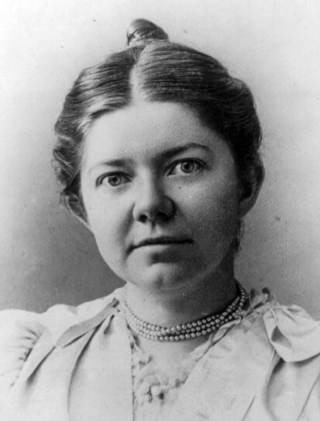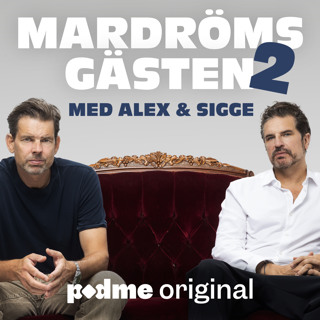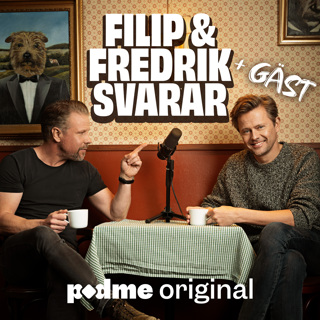
Ravel, Ravel, Ravel, w/Boris Giltburg and G. Henle Verlag!
Magician, Swiss Watchmaker, Aloof, Elegant, Precise, Soulful, Childlike, Naive, Warm: these are all words that have been used to describe Maurice Ravel, a man of elegant contradictions. But perhaps these contradictions are why his music remains so beloved and universally appealing to so many musicians and audience members. Ravel has long been one of my favorite composers, and I always adore listening to his music and performing it. For the 150th anniversary of his birth, the legendary publishing house of G Henle has decided to focus on Ravel and his circle this year, calling this series Ravel and Friends. A few months ago, the Henle office contacted me to ask if I would be willing to collaborate with them on a series of Sticky Notes episodes about Ravel, each one focusing on the relationship between Ravel and another composer who was in his circle. This sounded like an amazing idea, and so I jumped at the chance to work with them. So, over the course of the next 5-6 months, you will be seeing 5 episodes under the Ravel and Friends theme. Today's episode will be a chance to do an overview on Ravel himself and to take a look at some major works that I haven't gotten around to covering on the show yet. We'll then finish the show with an interview with the great pianist Boris Giltburg, as we discuss the solo piano verison of Ravel's La Valse, one of the most challenging pieces in the entire repertoire. Later episodes will include a look at Ravel's relationships with Debussy, Gershwin, and De Falla, and much more! This is such an exciting chance to take a deeper look at one of the greatest 19th and 20th century composers, as well as take a look at the broader musical and social trends of that era, something I've always been deeply interested in. Join us!
6 Mars 59min
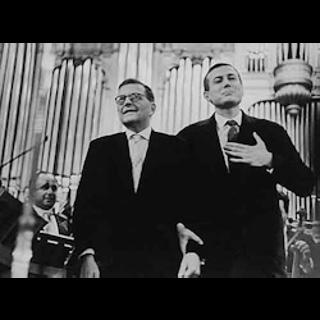
Sticky Notes en Français! Shostakovich Symphonie No. 13 (Bonus Episode)
Voici un épisode bonus spécial de Sticky Notes en français, en avant-première de mes concerts avec l'Orchestre National de Lille, présentant la 13e symphonie de Shostakovich. Si vous souhaitez écouter la version anglaise de cet épisode, elle est disponible dans les archives. Je m'excuse pour toute mauvaise prononciation en cours de route, et j'espère que vous l'apprécierez ! This is a special bonus episode of Sticky Notes in French ahead of my concerts with the Orchestre National de Lille, featuring Shostakovich's 13th symphony. If you would like to listen to the English version of this episode, it is available in the archives. Apologies for any mis-prononciations along the way, and I hope that you enjoy it!
27 Feb 1h 10min
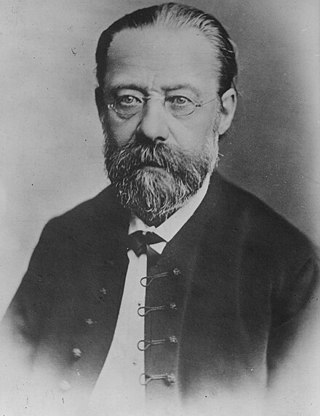
Smetana: Ma Vlast
Nationalism, patriotism, cultural identity, a sense of home; these are concepts and ideas whose popularity have ebbed and flowed throughout history. Nationalism has been seen as a natural expression of cultural identity and pride, and it also has been at the core of virulent racism and xenophobia. Patriotism has been used as a cudgel by all sides of the political spectrum for good and evil, and a sense of home has led to cultural explosions and also to some of the bloodiest wars of all time. For Bedrich Smetana, these concepts were extremely multi-layered. He was a proud Bohemian nationalist for much of his life, but he also barely spoke Czech(German was the lingua franca among educated classes in Prague), and he was also disenchanted with the Prague musical establishment due to their cool reception of his Wagnerian/Lisztian style. He even left Prague for a time to work in Gothenburg Sweden, writing curtly to his parents: "Prague did not wish to acknowledge me, so I left it." But only 6 years later, he wrote again to a friend: "My home has rooted itself into my heart so much that only there do I find real contentment. It is to this that I will sacrifice myself." Stirred to patriotic and nationalistic sentiments, Smetana began studying the Czech language in earnest, and his second opera, The Bartered Bride, became the first Czech opera to enter the mainstream repertoire around Europe. It was a piece fully in Czech style, and even though Smetana battled to the end of his life with different members of the Prague musical establishment, he is still thought of today as the founder of the Czech national sound. This is even before we begin talking about the topic for today, Ma Vlast, which is commonly translated to My Fatherland, My Country, or My Homeland. Ma Vlast is a massive, nearly hour and a half long work that amalgamates Wagnerian and Listzian ideas of a tone poem along with nationalistic music that has stirred not only the Czech soul but the souls of people all around the world. As Semyon Bychkov, the great Russian conductor and current Music Director of the Czech Philharmonic says: "The core subject of this piece is home and the meaning of home; everything else is the gravy." Today on the show we'll begin by talking about Smetana's tragic experience of deafness, and then we'll go through each movement of his huge piece, talking about the msuic from the perspecitve of nationalism and also Wagnerian ideas of leitmotifs as well as orchestration and style. Join us! Recording: Czech Philharmonic conducted by Rafael Kubelik
6 Feb 1h 5min
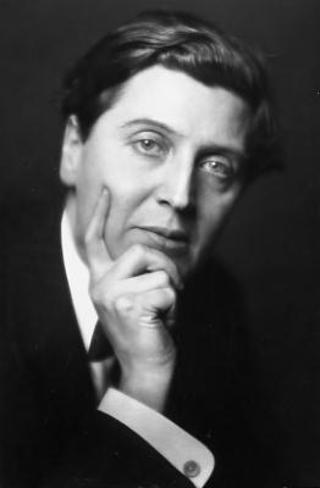
Berg Violin Concerto
In the early 1930s, at the height of the atonal and twelve tone movement in music, the American violinist Louis Krasner commissioned a concerto from the Viennese Composer Alban Berg. Berg declined at first, saying that his idiom was not appropriate to a concerto and that he did not belong in the world of Wienawski and Vieuxtemps, two relatively obscure composers nowadays who wrote virtuoso showpieces for the violin that are very exciting but not particularly deep on a musical level. Krasner countered with the Beethoven and Brahms' violin concertos, which, frankly, is a pretty great argument! Krasner was convinced that Berg was the vessel through which 12 tone/serial music could reach, as the great writer Michael Sternberg called it, "it's expressive potential." The 12 tone/serial technique of writing music was still controversial at the time(and it remains that way now), with many composers and performers embracing atonal music, with others, especially audiences, turning away. Berg finally accepted the commission, and despite his normal slow pace of composing, wrote the concerto in just a few months. The piece fulfilled Krasner's expectations, and more, and it has become almost a standard repertoire piece for violinists. It is in the twelve tone style, but it is also in many ways a fundamentally tonal piece, and the way that Berg passes through atonality to tonality and back again makes this concerto accessible in a way that many other atonal works are not at first hearing. Today on this Patreon and Fundraiser inspired show, we're going to go through this concerto, first by starting with a crash course in 12 tone music. Then we'll walk our way through this concerto, talking about tone rows, tonality within tone rows, Carinthian folk songs, life and death, Manon Gropius, Alma Mahler, Bach, and the memory of angels. All of this is contained inside of this remarkable piece, and we'll talk all about it, and more. Join us!
23 Jan 48min
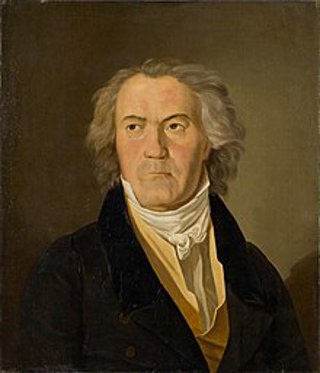
Beethoven String Quartet, Op. 135
There is nothing like hearing a Late Beethoven String Quartet for the first time. Beethoven's late string quartets, Op. 127, Op. 130, Op. 131, Op. 132, and Op. 135, are among the 5 greatest pieces of music ever written for any combination of instruments. They reach a kind of cosmic understanding of the world that is unparalleled, and they remain the Mount Everest of every string quartet's repertoire. The quartet we're going to be talking about today, Op. 135, is slightly the outlier from the set, in that it is less expansive, slightly less complex, and as Misha Amory from the Brentano String Quartet says, "it is the work of a composer who seems to have suddenly attained some new, simple truth after miles of struggle." Op. 135 is Beethoven's last completed work, and as this year begins, I thought I would check off number 2 of 5 Late Beethoven Quartets with this work that seems to exist on another plane of existence entirely. It is a piece of great depth and sadness, and also of ecstasy and lightness. It is a piece of great seriousness that is also full of a sense of humor that is rare in Beethoven. It contains one of the greatest slow movements ever written, a movement that would inspire one of Mahler's greatest symphonic movements, and it also features a zany and wild scherzo movement that could have been written two weeks ago. In short, Beethoven's Op. 135 has it all. Join us as we go through this masterpiece together!
9 Jan 57min
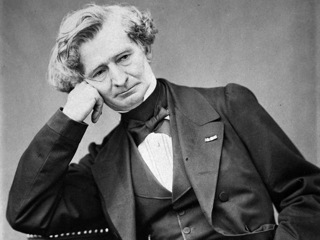
Berlioz Symphonie Fantastique LIVE w/ The Aalborg Symphony
I'm so happy to share this live episode of Sticky Notes that I did with the Aalborg Symphony Orchestra in Denmark back in October! This episode covered Berlioz's remarkable Symphonie Fantastique - the ultimate symphonic thrill ride. Join the orchestra and I as we talk our way through this symphony, from it's opium fueled back story, to its innovative structure and style, to the dreams and reveries of the first movement and the sadistic glee of the final two movements, and a whole lot more. Thank you to the Aalborg Symphony for their participation in this project, and I hope all of you listening have had a wonderful holidays and a Happy New Year! See you in the New Year with all new episodes from Beethoven's Opus 135 String Quartet to Smetana's Ma Vlast and much much more!
27 Dec 20241h 12min
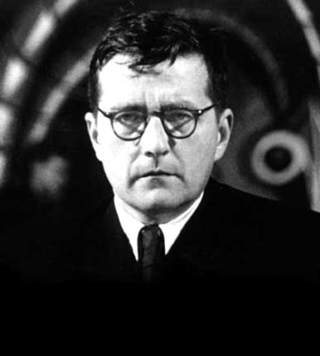
Shostakovich Symphony No. 8
Here are two statements by Dmitri Shostakovich about the same piece, the 8th symphony that we are talking about today: Statement No. 1, Shostakovich's published comments about the symphony when it was first performed in 1943: The 8th Symphony reflects my…elevated creative mood, influenced by the joyful news of the Red Army's victories…. "The Eighth Symphony contains tragic and dramatic inner conflicts. But on the whole it is optimistic and life-asserting. The first movement is a long adagio, with a dramatically tense climax. The second movement is a march, with scherzo elements, and the third is a dynamic march. The fourth movement, in spite of its march form, is sad in mood. The fifth and final movement is bright and gay, like a pastoral, with dance elements and folk motifs. "The philosophical conception of my new work can be summed up in these words: life is beautiful. All that is dark and evil rots away, and beauty triumphs." Statement No. 2, from the disputed book Testimony, published in the 1970s: 'And then the war came and the sorrow became a common one. We could talk about it, we could cry openly, cry for our lost ones. People stopped fearing tears. Before the war there probably wasn't a single family who hadn't lost someone, a father, a brother, or if not a relative, then a close friend. Everyone had someone to cry over, but you had to cry silently, under the blanket, so no one would see. Everyone feared everyone else, and the sorrow oppressed and suffocated us. It suffocated me too. I had to write about it. I had to write a Requiem for all those who died, who had suffered. I had to describe the horrible extermination machine and express protest against it. The Seventh and Eighth Symphonies are my Requiems. I don't know of a more profound example of Shostakovich's doublespeak, or of his ability to make diametrically opposing statements about the meaning behind his music. Shostakovich's 8th symphony premiered at the height of World War II, and it was not a hit, unlike his 7th symphony which had swept the world with its seeming patriotic fervor and its devastating condemnation of the Nazis. Shostakovich's 8th is a very different piece, darker, edgier, less catchy, less simple, and certainly less optimistic. It was panned in the Soviet Union by the official critics and was effectively banned from performance in teh Soviet Union from 1948 until the late 1950s. It was also not particularly popular outside of the Soviet Union, as the 7th's popularity and accessibility dwarfed the 8th, though this equation has now flipped, with the 8th symphony now probably becoming slightly more often played than the 7th. As always with Shostakovich, he mixes tradition with his own Shostakovich-ian innovations. The symphony has a Sonata Form first movement, but that movement is longer than the following three movements combined. It has a darkness to light theme from C Minor to C Major, like in Beethoven's 5th and Mahler's 2nd, but whether the ending is optimistic is subject to furious debate. It has not 1 but 2 scherzos, but they are among the least funny scherzos ever written, and it has a slow movement that is surprisingly un-emotional. The requiem Shostakovich speaks of seems to happen slowly over the course of this 1 hour symphony. It is perhaps Shostakovich's most ambiguous mature symphony, and it is also thought of as one of his greatest masterpieces. Today on this Patreon Sponsored episode, we'll dive into this remarkable work, trying to create a framework to understand this huge and demanding symphony. Join us!
12 Dec 20241h 8min
